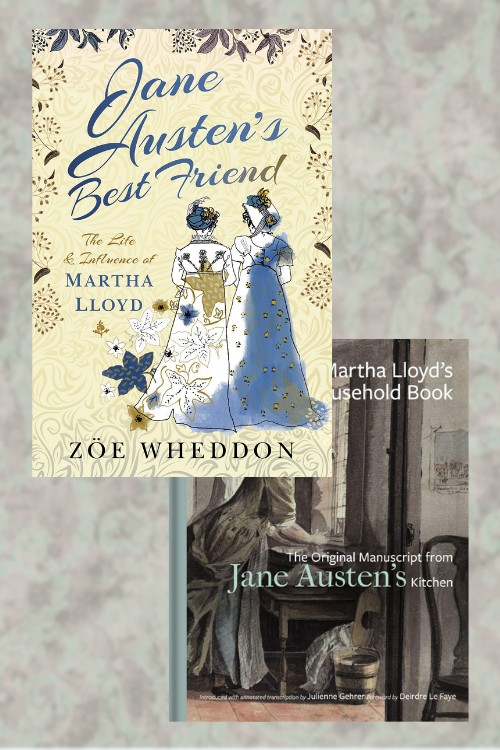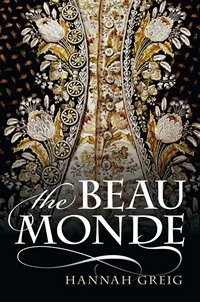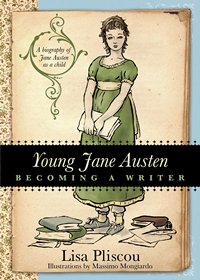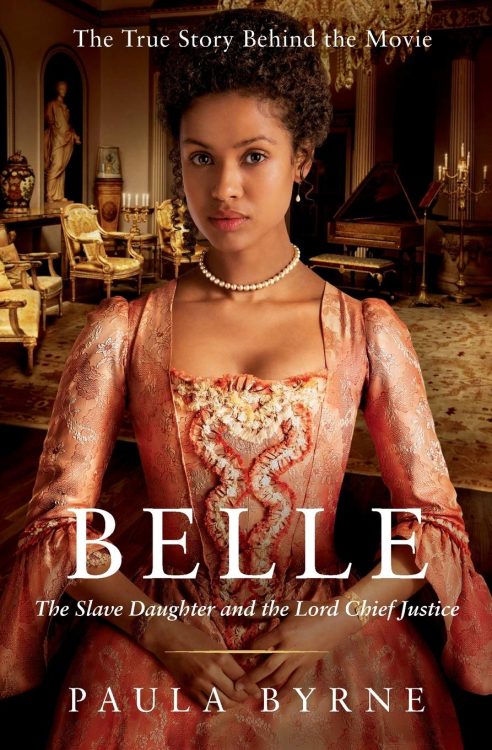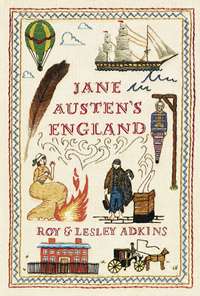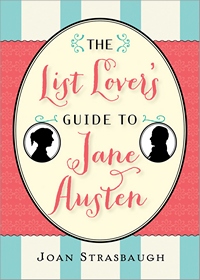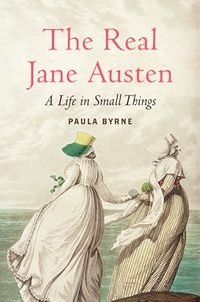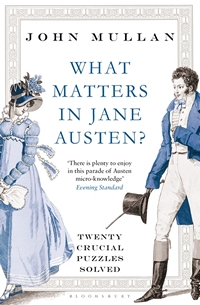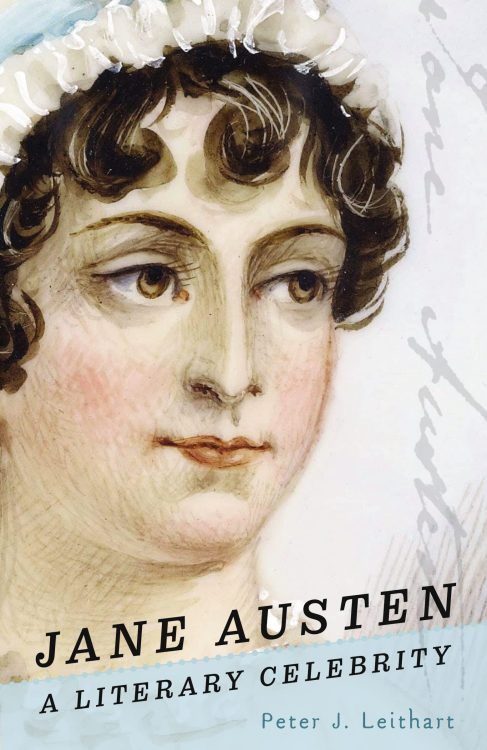From the desk of Laurel Ann Nattress: Have you ever read a book and felt an immediate infinity to the author—like they were your best friend and had written the book just for you? It doesn’t happen very often for me, but it did when I read Pride and Prejudice for the first time many... Continue Reading →
The Beau Monde: Fashionable Society in Georgian London, by Hannah Greig – A Review
From the desk of Tracy Hickman: Several recent histories have popularized Georgian England as “The Age of Scandal” with members of the beau monde starring in colorful “stories of gambling, adultery, high spending, and fast living” (30). Author, lecturer in 18th-century British history, and historical consultant Hannah Greig takes an alternate approach in The Beau... Continue Reading →
Young Jane Austen: Becoming a Writer, by Lisa Pliscou – A Review
From the desk of Lisa Galek: Very little has been written about Jane Austen’s life before she started writing at the age of 12. That’s probably because so very little is known about that time. In Young Jane Austen, author Lisa Pliscou focuses on these early years to give us a better understanding of how... Continue Reading →
The Jane Austen Rules: A Classic Guide to Modern Love, by Sinead Murphy – A Review
From the desk of Tracy Hickman: When author Sinead Murphy chose to title her guide to modern dating The Jane Austen Rules it was guaranteed to generate a certain amount of controversy. In the mid-1990s, a dating guide titled The Rules became famous (or infamous, depending on your point of view) for imparting to women... Continue Reading →
Belle: The Slave Daughter and the Lord Chief Justice, by Paula Byrne – A Review
From the desk of Laurel Ann Nattress: Commissioned by the producers of the new movie Belle, acclaimed biographer Paula Byrne aims to reveal the true story behind the main characters in the movie: Dido Elizabeth Belle, the illegitimate daughter of a captain in the Royal Navy and an African slave, and her great-uncle, William Murray,... Continue Reading →
Jane Austen’s England, by Roy and Lesley Adkins – A Review
From the desk of Shelley DeWees: “In her novels Jane Austen brilliantly portrayed the lives of the middle and upper classes, but barely mentioned the cast of characters who constituted the bulk of the population. It would be left to the genius of the next generation, Charles Dickens, to write novels about the poor, the... Continue Reading →
Book Launch of Jane Austen’s England, by Lesley and Roy Adkins
Let’s face it. Life in a Jane Austen novel is a fantasy to us two-hundred years after they were originally set. Who wouldn’t want to wear a pretty silk frock, dance with Mr. Darcy at the Netherfield ball or ride in Lady Catherine de Bourgh’s barouche? But life in Jane Austen’s England was not all... Continue Reading →
The List Lover’s Guide to Jane Austen, by Joan Strasbaugh – A Review
Ever wonder what books Jane Austen read, who her relations were, where she lived and traveled, or what were her pet peeves? Well, what true Janeite doesn't? Do you want to learn more about your favorite author than you ever expected to discover all packed up and neatly arranged in one tidy volume? Then read... Continue Reading →
The Real Jane Austen: A Life in Small Things, by Paula Byrne – A Review
From the desk of Br. Paul Byrd, OP “This book is something different and more experimental. Rather than rehearsing all the known facts, this biography focuses on a variety of key moments, scenes and objects in both the life and work of Jane Austen…In addition, this biography follows the lead of Frank Austen rather than... Continue Reading →
What Matters in Jane Austen?: Twenty Crucial Puzzles Solved, by John Mullan – A Review
From the desk of Sarah Emsley “The closer you look, the more you see,” writes John Mullan in What Matters in Jane Austen? Elizabeth Bennet learns this lesson in Pride and Prejudice when she reads and rereads Mr. Darcy’s letter “with the closest attention” to understand why he separated Bingley from Jane and why he... Continue Reading →
Jane’s Fame: How Jane Austen Conquered the World, by Claire Harman – A Review
From the desk of Shelley DeWees: “The books went out of print, and Jane’s generation of Austens aged and died secure in their belief that the public’s curiosity about their sister had been satisfied. But almost two hundred years and tens of thousands of books on Austen later, her fame and readership worldwide continues to... Continue Reading →
Jane Austen: A Literary Celebrity, by Peter J. Leithart – A Review
From the desk of Laurel Ann Nattress: There are several biographies in print on Jane Austen (1775-1817) revealing her life, family, and her inspiration to become a writer. Two very famous books come to mind: Jane Austen: A Life by Claire Tomalin (1998) and oddly the same title published in the same year by David... Continue Reading →
